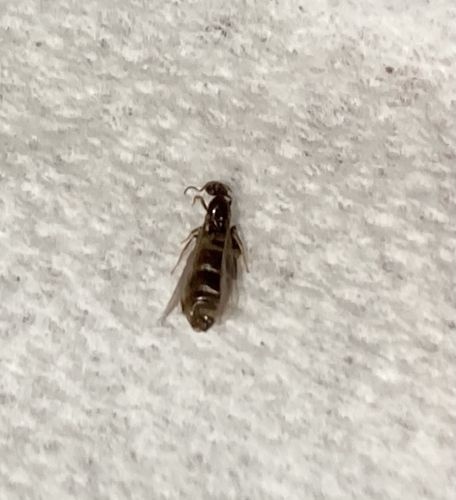Winged Ant (Alate)
Scientific Name: Formicidae (specifically, the alate or reproductive stage)
Order & Family: Order: Hymenoptera, Family: Formicidae
Size: Typically 3 mm to 15 mm, with queens generally larger than males and workers, depending on the species.

Natural Habitat
Ants are highly adaptable and can be found in almost any terrestrial habitat worldwide, from forests and grasslands to deserts and urban environments. Winged ants are typically observed outdoors during mating seasons, but they can sometimes be found indoors if a colony is nesting nearby.
Diet & Feeding
Ants are omnivorous, with their diet varying by species. They commonly feed on nectar, honeydew (a sugary substance produced by aphids), other insects (living or dead), seeds, fungi, and human food scraps. Winged reproductives generally do not feed much during their nuptial flight.
Behavior Patterns
Winged ants (alates) emerge from established colonies, usually in large numbers, during specific periods (mating flights) to reproduce. They fly to find mates, after which females (queens) will shed their wings and search for a suitable location to establish a new colony. Males die shortly after mating. Non-reproductive ants (workers) forage for food, care for the young, and maintain the nest. Nests can be found in soil, under rocks, in wood, or in wall voids depending on the species.
Risks & Benefits
Risks: While not typically harmful, large numbers indoors can be a nuisance. Some species can bite or sting, which can be painful for some people. Certain species (e.g., carpenter ants) can cause structural damage to wooden structures by excavating tunnels for their nests. Benefits: Ants play crucial roles in ecosystems, including soil aeration, nutrient cycling, seed dispersal, and pest control (predation on other insects). They are also a food source for many animals.
Identified on: 8/9/2025